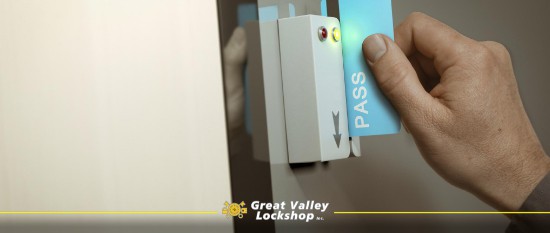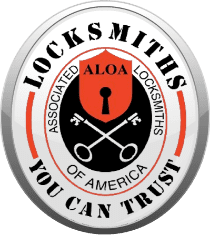
Crucial Physical Security Requirements for Cybersecurity Compliance
Since dangers can come from everywhere and technology is developing, securing your business is more important than ever. Physical risks should never be disregarded while learning how to safeguard your company’s network and data infrastructure from cybersecurity threats. Breach incidents can harm your company’s reputation and result in large financial damages. Protecting your assets can be greatly improved by implementing the proper security measures. Here are some things you can take to put physical security measures in place to protect the network and data of your company.
Why Compliance Demands Physical Security Measures
By restricting access to locations where data is housed, physical security safeguards cybersecurity, and the opposite is also true. Physical security is meant to reduce the danger to information systems and data in terms of cybersecurity. Therefore, only people with proper authorization should have access to systems, tools, and operating environments.
Some regulatory standards, such as PCI DSS and HIPAA, require physical security controls to protect data stored on-premises. Maintaining compliance with these standards often demands a high level of physical security, including the use of mantrap systems, video surveillance cameras, and entry access control.
What Physical Security Measures Are Required?
Policies for Physical Security
There are best practices that may be used universally to establish a strong physical security posture, even though the scope and complexity of your safeguards and monitoring will vary based on location and necessity. In order to do this, you must map out your organization’s risk profile and implement suitable controls.
Mantrap Entry Systems
Mantrap systems are devices that restrict entry into an area to one person at a time. They are commonly used in data centers and other areas where sensitive information is stored.
Video Surveillance
Technology-based surveillance is a reliable way of physical security that makes sure all crucial access points are watched over to stop unwanted entry. Over time, surveillance technology has improved from basic camera systems to include motion detection, heat sensors, advanced warning systems, and more. You can immediately identify events, respond accordingly, and reduce damage thanks to advanced notification systems. Video surveillance cameras can deter and detect intruders, as well as provide footage that can be used to identify perpetrators.
Unique Access Identification
Each ID card, keycode, or proximity fob should be associated with a distinct individual. Data leaks are more likely and more difficult to detect with indiscriminate access credentials. If your facility has stringent hours, make sure access is limited to those hours; for instance, caterers should not have access overnight.
Access Control Systems
Access control enables you to manage who has access to certain locations within the physical environment of your company and limit access to those who are authorized to enter. Gated and guarded entry, or restricted access through a keycard system that only grants access to specific individuals are some examples of access controls. Advanced lock techniques, biometrics, and alarm systems to warn of unwanted access attempts will be part of comprehensive controls.
Entry Records
Keep records of both attempts and who has accessed what. Access attempts that keep failing could be malicious actors. Know who is carrying all cards, keys, and other access credentials. If a card is lost or if an individual’s circumstances change, access should be revoked. In the event that someone leaves, quickly retrieve the keys.
Staff Security Training
Educating staff members on how to keep a moderate amount skepticism, follow protocol, and refrain from giving out too much information can help lower the likelihood that your own employees become a security threat. Make sure IDs are verified, pre-arranged visits are announced, and there are procedures in place for handling unexpected guests. Make certain that guests aren’t left alone in areas with sensitive data. Training helps ensure that front desk staff they don’t feel intimidated when challenging someone who isn’t wearing a badge, for example.
Security Checks
When it comes to physical security, you must be quick to react, make sure your security measures are working, and regularly test them. Tests can assist you in identifying weaknesses or defects in your ability to access vital company resources and anything else that might have an impact on your everyday operations, allowing you to fix them before an incident can occur.
Related article: What You Need to Know about Home Office Security.
Security Measures are Key to Compliance
Achieving and maintaining compliance doesn’t have to be a daunting task. By incorporating physical security measures into your cybersecurity compliance strategy, you can help protect your business from costly breaches.
For a commercial security consultation, contact Great Valley Lockshop today.




